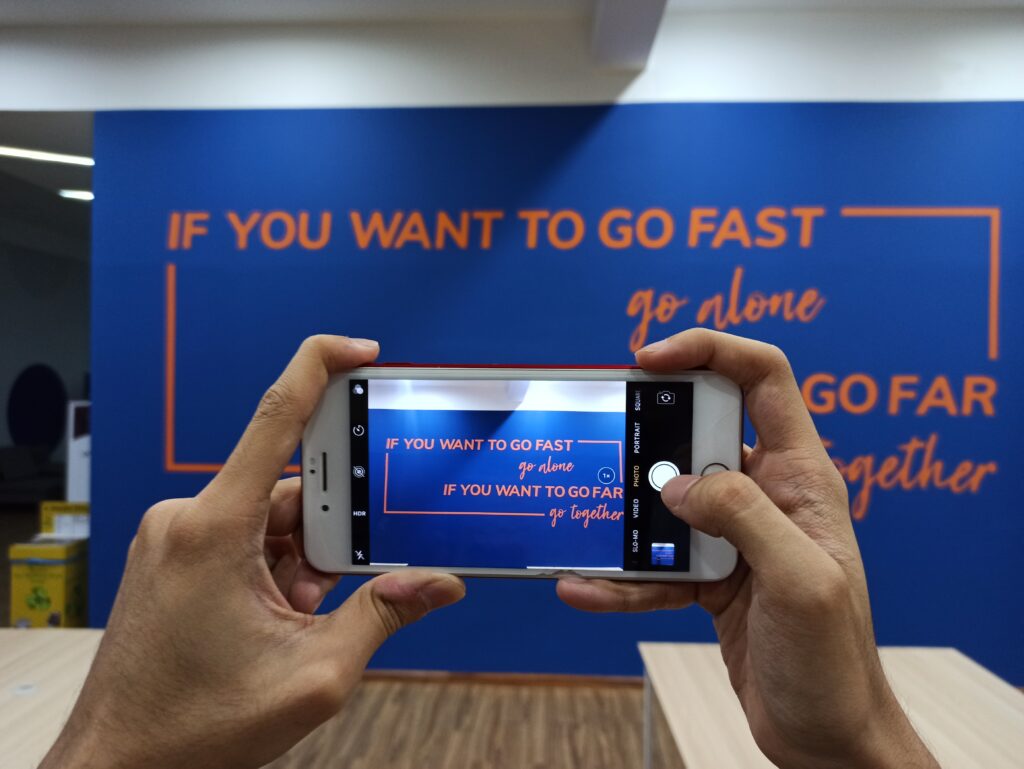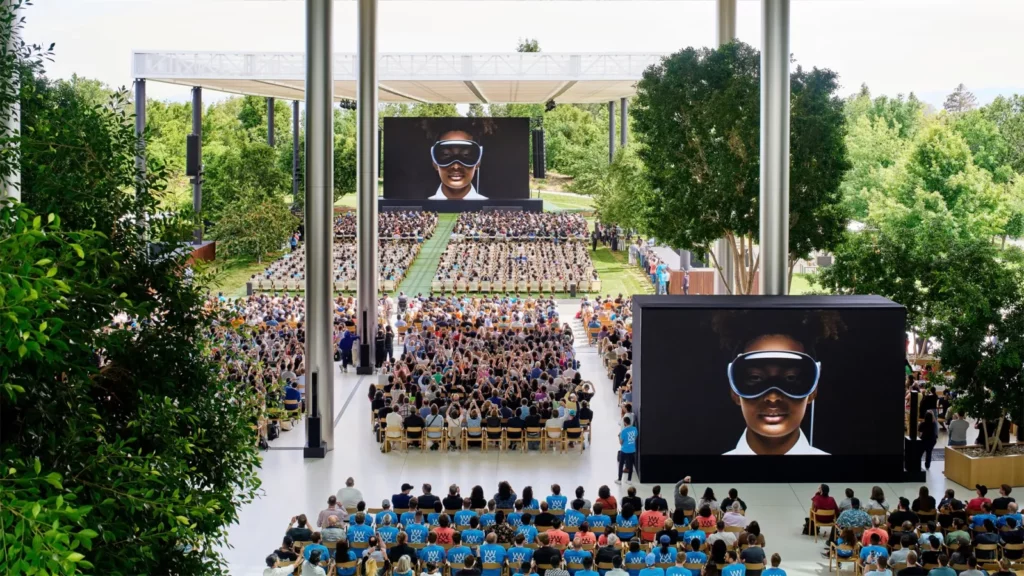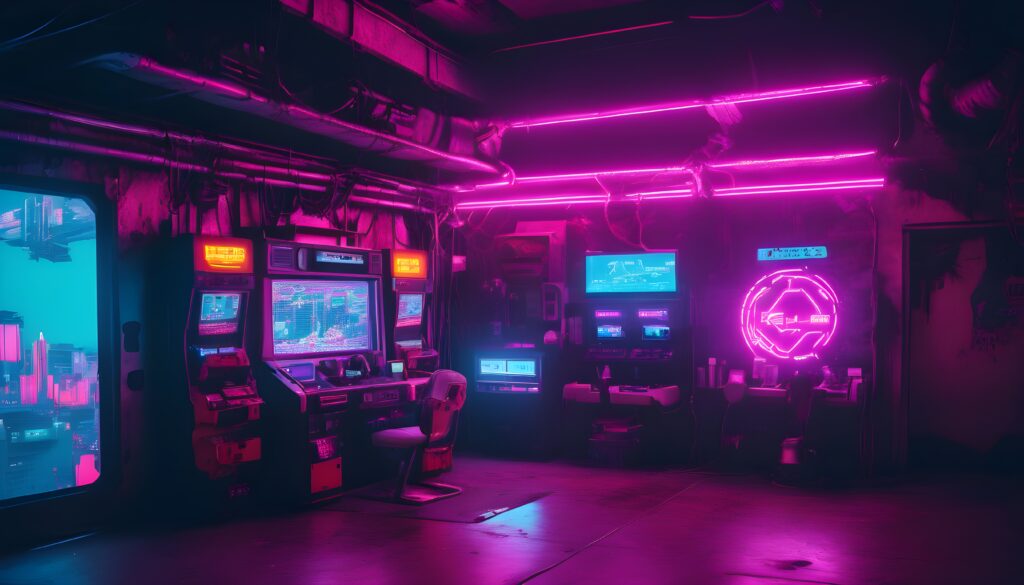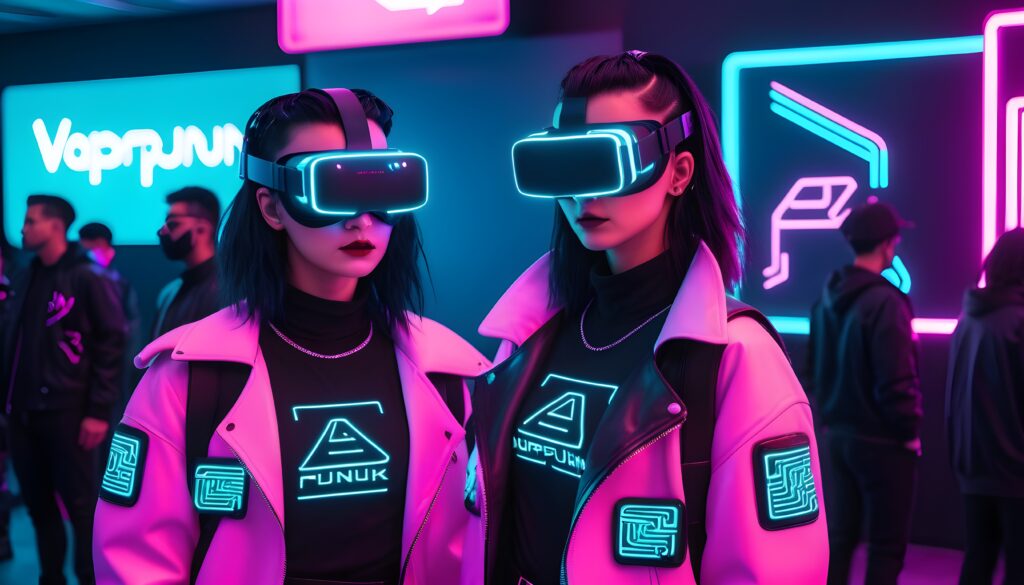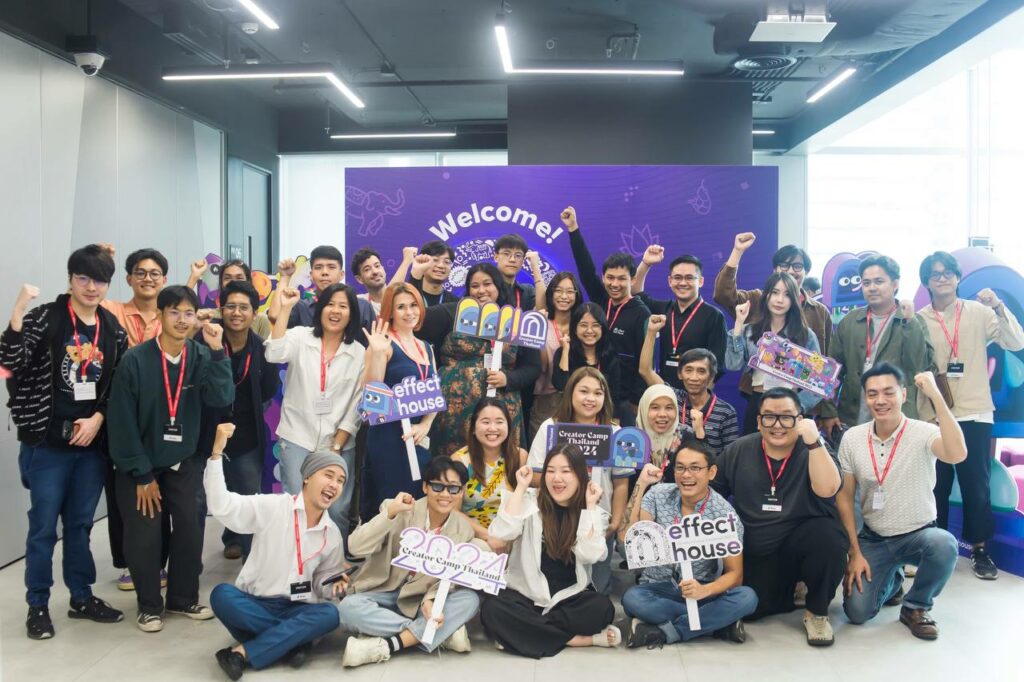As social AR filters are popular day by day, users are more friendly with AR technology. Marketers can consider AR to run innovative campaigns cost-effectively. However, If you don’t know about such technology, you may be awkward. We are here to help you run such an innovative campaign with the following simple steps.
1. Setting a goal for your AR for the marketing campaign
You can refer to the marketing or digital marketing funnel like awareness, reach > Consideration, Engagement > Conversion, Activate.
For Awareness or Reach Stage, AR Ads are the best use case. You can also create a trending filter that is associated with seasonal events, festivals, etc. This is because this trending filter will appear on social media reels and more reel creators may use such trend filters.
For Consideration or Engagement Stage, Gamification or contest campaign can be run with AR Filter and AR Game. Marketers can build customer relationships and increase brand recall with such engagement campaigns. Social Media noise can be also generated with the photo or video contests on social media.
For Sales Conversions or Activation Stage, Brands can run buyer-only AR contests. To enjoy the AR experience and participate in the AR contest, customers need to buy the product which includes QR code that redirects to AR. With the Target tracking feature, users can scan the product packaging to activate AR experience and take part in the campaign to win something.
You can also read AR Marketing through Marketing Funnel via this blog.
2. Choosing the right AR platform to host your campaign
The AR platform you choose will likely depend on your campaign’s objective. Once you have your goal in mind, you can decide what effect will work best to achieve it. From there, you can narrow down which platforms offer that effect.
Alternatively, you may want to choose a platform first and then figure out which of them provides effects that suit your needs.
Below, we outline the most common AR platforms and offer insights into which effects are available, with some helpful details to keep in mind about each.
Snapchat (or) Viber Lens
Though Snapchat has been around since 2012, its user base is relatively young — 57% of Snapchat users in the UK are under 25 years old.
When Gucci chose Snapchat to showcase their new products via AR, they may have been swayed by the platform’s demographic. It’s well known that young users shop more impulsively than older consumers.
Another advantage of Snapchat is that it offers multiple ways to interact with your audience. For example, brands can generate AR lenses that can be accessed through a Snapcode or promoted to appear on users’ carousel of filters. It’s a fun way to engage with users and get discovered by new ones.
In terms of AR effects, Snapchat offers face and world effects, virtual try-ons, product visualisation, mini-games and image trackers.
Having been launched in 2010, Instagram has the dual benefit of being both popular and well-established. It also crosses all audience demographics.
The platform’s popular Stories feature allows users to incorporate filters in pictures or videos and share them with friends and followers.
If your brand already has a wide following on Instagram or has the opportunity to partner with an influencer, leveraging AR promotions through Instagram is great for generating word of mouth and increasing user engagement.
In terms of AR effects, Instagram offers face and world effects, virtual try-ons, product visualisation, mini-games and image trackers.
Facebook is the original social media platform. Not only do most people have a Facebook account, but it’s actually one of the most used social platforms out there. The Facebook app also comes pre-installed on many phones and can be an excellent way to reach older users.
Today, the fastest-growing user demographic for Facebook is people aged 65 or older. Facebook also has a broader user base outside traditional western markets, and most of its users are located in Asian countries.
Like Instagram, Facebook also has a Stories feature where users can view, capture, and share your effects.
Facebook offers the same AR features as Instagram does.
Tiktok
TikTok is wildly popular with the younger demographic. The platform is favoured by teens who lip-sync to trending audio clips, perform snippets of choreography, or talk in front of a green screen effect.
For AR advertising campaigns, TikTok enables brands to publish face filters that users can view, capture, and share.
At the moment, TikTok’s AR offerings are limited to the face filter effect. However, the fast-growing popularity of TikTok makes it an excellent platform to raise brand awareness among Gen-Z audiences.
WebAR
WebAR is the most accessible AR platform for consumers. That’s because it doesn’t require any apps — only a web browser, where your audience can interact with your chosen effect.
The platform is especially useful for online shopping and physically activated effects. Keep In mind that AR used to compliment a shopping experience, whether online or in-store, has been proven to enhance consumer satisfaction and sales.
WebAR’s effects include world effects, virtual try-ons, product visualisation, mini-games, and image trackers.
3. Deciding on AR effects for your campaign
For this step, you can read this blog.
After reading this 3 steps comfortably, we hope you will be convinced that AR can be used in Marketing Field and have some ideas for your next innovative AR Marketing Campaign.

